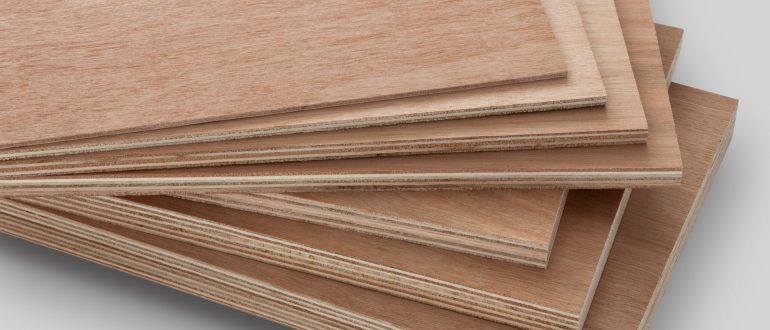Finding the Best Plywood Near Me:
Materials matter a lot—especially if you are working with professional construction or tackling DIY projects. Plywood is a ubiquitous and multipurpose material. Finding the Best Plywood it is essential to choose the proper plywood to ensure durability, performance, and cost-effectiveness.
Plywood and Grades
Basic Understanding of the Different Types and Grades Available Before you can begin your search, though, it is necessary to comprehend fully that there are different types and grades. Finding the Best Plywood This information will allow you to make an educated decision, ensuring that the plywood meets your needs.

Types of Plywood
Softwood Plywood: This plywood is made from softwood species such as pine or fir and is usually designated for use in construction and furniture.
Hardwood Plywood: This is made of hardwood species like oak or maple, and it is usually used for high-end furniture, cabinetry, etc.
Marine Plywood: Specially formulated for wet environments, it is treated with waterproof adhesives and is excellent for boat building or outdoor use.
Construction Plywood: Suited for structural applications such as subflooring and wall sheathing, this product is produced to comply with specific building codes.
Grades of Plywood
These plywood grades tell you the quality and aesthetics of that surface. They range from A to D:
- ClassA: This is for a virtually flawless, smooth, paintable surface.
- ClassB: Could be smoother and more marked.
- ClassC: Cear with Trim -You can see the knots, but some boards need more straight.
- Class D: Poor surface with lots of unsightly knots and defects.
Key Factors to Consider
Here are some considerations to consider when searching for top-quality plywood.
Project Needs: Determine whether you will use the plywood Wooden Boards for structural use, cabinetry, or outside work. This will help you shortlist the grade and type in demand.
Quality and Durability: Always choose plywood that is neither too high-priced nor too budgeted. These value grades are generally higher quality but also cost more.
Plywood Thickness: Plywood thickness can vary based on type. Panels are usually available in 3-7 thicknesses, from around 1/8 inch to over an inch. The thickness will be determined based on the required strength and application.
Environmental Impact: Check to see if the plywood sourced is sustainable. Certain vendors provide certified earth-friendly alternatives, such as those approved by the Forest Stewardship Council (FSC) forest certification system.
How to Find a Plywood Supply Near You
Finding the Best Plywood, Now, how do you collect the best plywood available in your hometown?
1. Online Research
Pay a visit online and look for the local businesses selling the Plywood Near Me. You can use Google Maps, Yelp, or Yellow Pages to find nearby stores and read reviews from other customers. You also should find businesses that deal with Pine Sawn Lumber and building materials because they can give you more types of plywood.
2. Head to some Local Home Improvement Stores
Many major home improvement stores, like Home Depot and Menards, carry several types of plywood. Although less focused on the lumber business specialized like a true lumberyard, these stores are convenient and have a broad inventory of profiles. But their staff can offer suggestions on the plywood that would be perfect for your project.
3. Check Specialty Lumberyards
Lumberyards and building supply centers are typically good sources of quality plywood, and we must remember the specialty lumber yards. These places usually have a more extensive assortment of grades, kinds, and sizes than shops with general inventory. Moreover, the salespeople at these stores are knowledgeable and can assist you in picking out top-quality plywood that would best cater to your needs.
4. Ask for Recommendations
If someone has done a construction or DIY home improvement project lately, ask them where they got their plywood. This method should help you discover suppliers with a good level of products and proper customer service.

5. Compare Prices and Quality
After you have found several possible suppliers, compare them in terms of price, quality, and range. Oh, and you guessed it — plus delivery charges. Plywood — sometimes it pays to spend a little more for the better stuff upfront, so you don’t have to replace or repair it sooner rather than later.
6. Inspect the Plywood
As always, inspect the plywood yourself before buying. Inspecting for defects, even layers, and general construction. Verifying that the veneer is consistent and the edges are clean.
Conclusion
It depends on the type of wood; hence, you have to compare not only prices but quality as well, which is why buying plywood requires a little more research before making a call to get details about the best plywood generally available near your locality. Know the different types and grades of plywood — follow these steps to do well when selecting lumber for your project.


 +380 63 265 7682
+380 63 265 7682 info@europepellets.com
info@europepellets.com